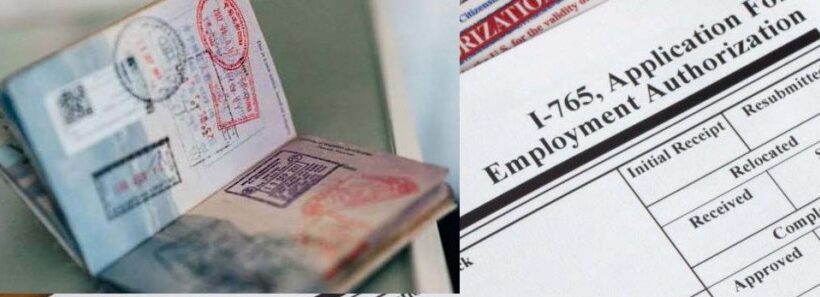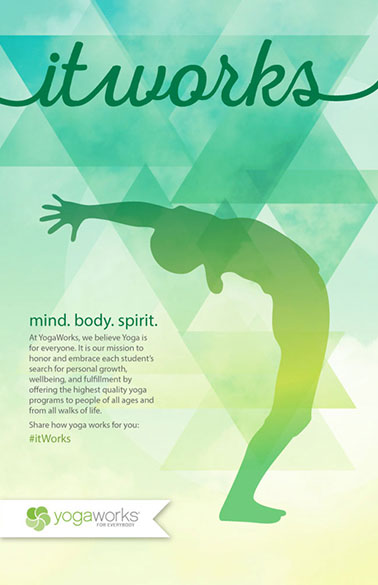U. S Chamber Of Commerce Welcomes USCIS’s Decision To Accept Public Comments On ‘Remote Document Examination for Form I-9, Employment Eligibility Verification’

The U.S. Chamber of Commerce has welcomed the U. S government’s decision to provide opportunity to public to comment “Remote Document Examination for Form I-9, Employment Eligibility Verification.”
” The Chamber has long supported efforts to modernize the employment verification process to provide companies with more flexibility to onboard and maintain much-needed talent in an increasingly competitive global marketplace. We look forward to working with U.S. Citizenship and Immigration Services (“USCIS”) and the U.S. Department of Homeland Security (“DHS”) as they endeavor to implement much needed improvements to the employment verification process, ” Chamber said in a statement.
“The Chamber received significant feedback from companies of all sizes and across a host of industries regarding this request and there is significant support for DHS to provide businesses with a permanent option to virtually perform the verification of documents that establish a putative employee’s identification and employment authorization status in the U.S. The input we received is that the best course of action would be for DHS to provide a new option for employers to perform the I-9 process; it would not supplant the traditional in-person document verification to comply with federal employment verification requirements,” it added.
The Chamber believes that if DHS were to make several key changes that further incentivized the use of virtual documentation verification on the part of American businesses, company usage of these policies would not only increase, but the security and integrity of the employment verification process would improve demonstrably.
The Benefits Associated with the Temporary Remote Document Examination Procedures
Companies that took advantage of the remote document examination policy established in March 2020 improved the onboarding experience not only for their businesses, but also for their employees. Chamber members found the remote process to be much more efficient and cost-effective than the traditional in-person procedure. Given the difficulties many businesses had to confront during the COVID-19 pandemic, many companies conveyed to us that the ability to perform the document verification process virtually was indispensable in allowing them to continue both onboarding new hires and reverifying the documents for existing employees whose documents had expired. These temporary measures allowed many companies to avoid significant workforce disruptions during the worst periods of the pandemic.
In addition, many companies that utilized these remote document verification procedures conveyed to us that they benefited from a compliance perspective because the temporary virtual document verification policy provided their business with the ability to consolidate their internal processes for reviewing these documents. This provided them with not only the ability to save time and costs in performing the document review, but also increased the accuracy in verifying the documents and ensuring that the documents related to the putative employee presenting them to the company. This not only provides direct cost savings to the company by not having to expend time procuring physical space to have these in-person meetings; it also dispenses with the need for all of the employees involved who would have to travel for this in-person meeting, the gas they would expend on either automobile or air travel, and for companies utilizing “authorized representatives” to perform the document review, any costs associated with obtaining the services of said representatives. To accomplish this, many employers utilized commercially available video conferencing technology to perform the document review. The. flexible I-9 practices helped companies onboard new employees were able to more quickly, easily, and more safely than if they had to do so in-person.
It is crucial that any new policies sought by DHS should explicitly state which types of technological means are sufficient for performing the review of these documents, as the specificity will provide companies with the certainty to know what their duties and obligations are under the law. The Chamber understands that there are limitations to certain forms of technology and that DHS may conclude that certain technologies are not the most conducive for ensuring employers maintain I-9 compliance and thus impose certain limitations on the use of certain technologies for ensuring whether documents are genuine. As such, it is critical that the government provide clear guidance and instructions regarding what companies must do to ensure that they are properly examining these documents and that they do not run afoul of their legal obligations under the I-9 employment verification process.















